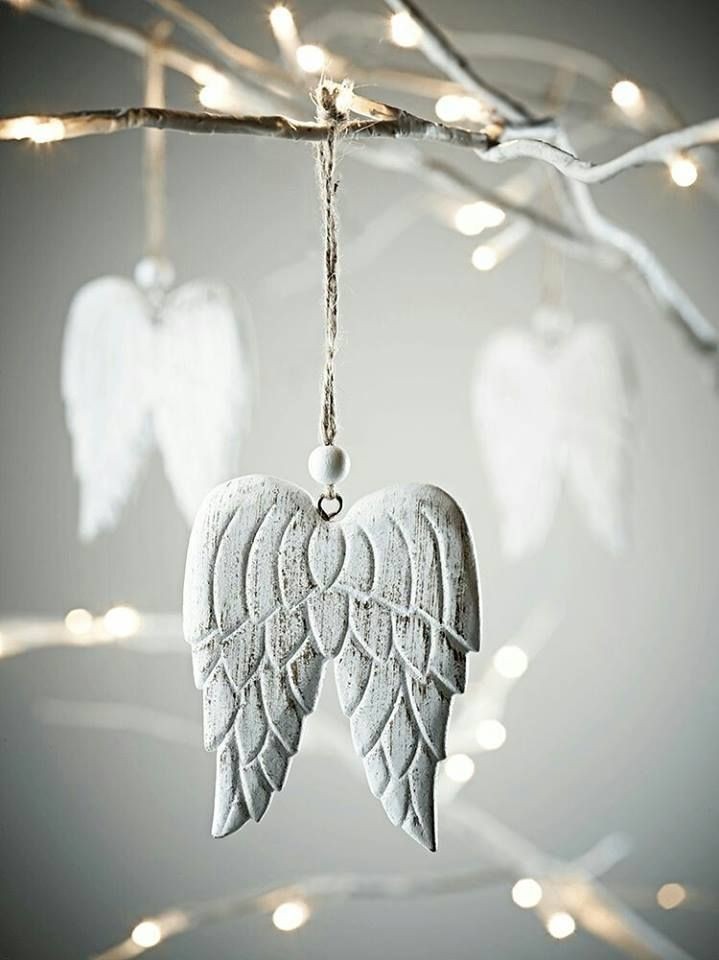Montmartre Holds More Than History—It Holds Healing and Emotional Resilience
- Koöko Fleurs
- Jun 4
- 3 min read

There are places in Paris that feel like chapters in a book you’ve read before—familiar, yet full of new meaning each time.
So today, I returned to Montmartre, located in the 18th arrondissement of Paris, France. It’s a charming hilltop district—often called La Butte—that rises to about 130 meters above the city. Nestled on the right bank of the Seine, it’s bordered by neighborhoods like Pigalle to the south and crowned by the iconic Sacré-Cœur Basilica at its summit.
Historically, Montmartre was a village of artists—Picasso, Dalí, and many others once called it home. Today, it still carries that creative spirit, with winding streets, sweeping views, and a vibrant mix of cafés, galleries, and retro boutiques. It’s one of Paris’s most symbolic and soulful places. I’ve been before, but something about this visit felt different—more tender, more symbolic. The hill was alive with people, yet I didn’t feel overwhelmed. I wandered slowly, letting the rhythm of the place guide me. I didn’t go inside the Sacré-Cœur Basilica this time. I’ve known its grandeur, its silence.
Walking its winding paths feels like tracing the contours of a soul. The climb toward the basilica isn’t just physical—it’s emotional. Each step invites you to leave behind what no longer serves you, to rise gently into clarity. It feels like a pilgrimage, even if you don’t name it as such. The burst of water from the fountains, the hush of the chapels, the gaze of the statues—all of it speaks of purification, of renewal.
The streets were pleasant, filled with artists painting, sketching, capturing the soul of the hill. Their presence gave the place a sense of historical weight, as if Montmartre itself was still dreaming through their hands. I love that feeling—the sense that time stands still here, yet continues to speak.
And then I found myself in front of the Saint-Pierre de Montmartre church. Magnificent. It wasn’t planned, but it felt destined. I stepped inside and everything shifted. The air was thick with reverence. I opened my eyes wide, catching every echo, every flicker of light on stone. It felt like the first time, even though I know I’ve been here before. That church held something ancient and symbolic, something that reached into me and reminded me of resilience.
I wandered into a little shop afterward, drawn by the charm of Paris-branded objects. I always love those—tiny things that carry the spirit of the city. I bought a small notebook, delicate and sweet, just the right size to keep in my purse. It gave me peace, like holding a little piece of Paris in my hand.
Montmartre always feels like a village to me—intimate, textured, alive. There’s something about its rhythm that invites contemplation. It’s a place that invites auto-reflection. Not through grand gestures, but through small moments: the way light falls on a stone wall, the scent of crêpes drifting through the air, the echo of footsteps in a narrow alley. It reminds you that peace isn’t something you chase—it’s something you allow.
Today, it offered me symbolism, reverence, and a quiet kind of joy. I left feeling lighter, as if the hill had whispered something only I could hear.
Montmartre has known centuries of change, of struggle, of creation. It has been a refuge for artists, a cradle for revolutionaries, a sanctuary for seekers. And still, it stands—quietly, gracefully, offering its presence to anyone willing to slow down and listen. I had a savory crepe, warm and comforting, and felt energized.
Montmartre doesn’t ask you to be anything. It simply offers itself. And in doing so, it helps you remember who you are.























































Comments